Seasons – March 2021
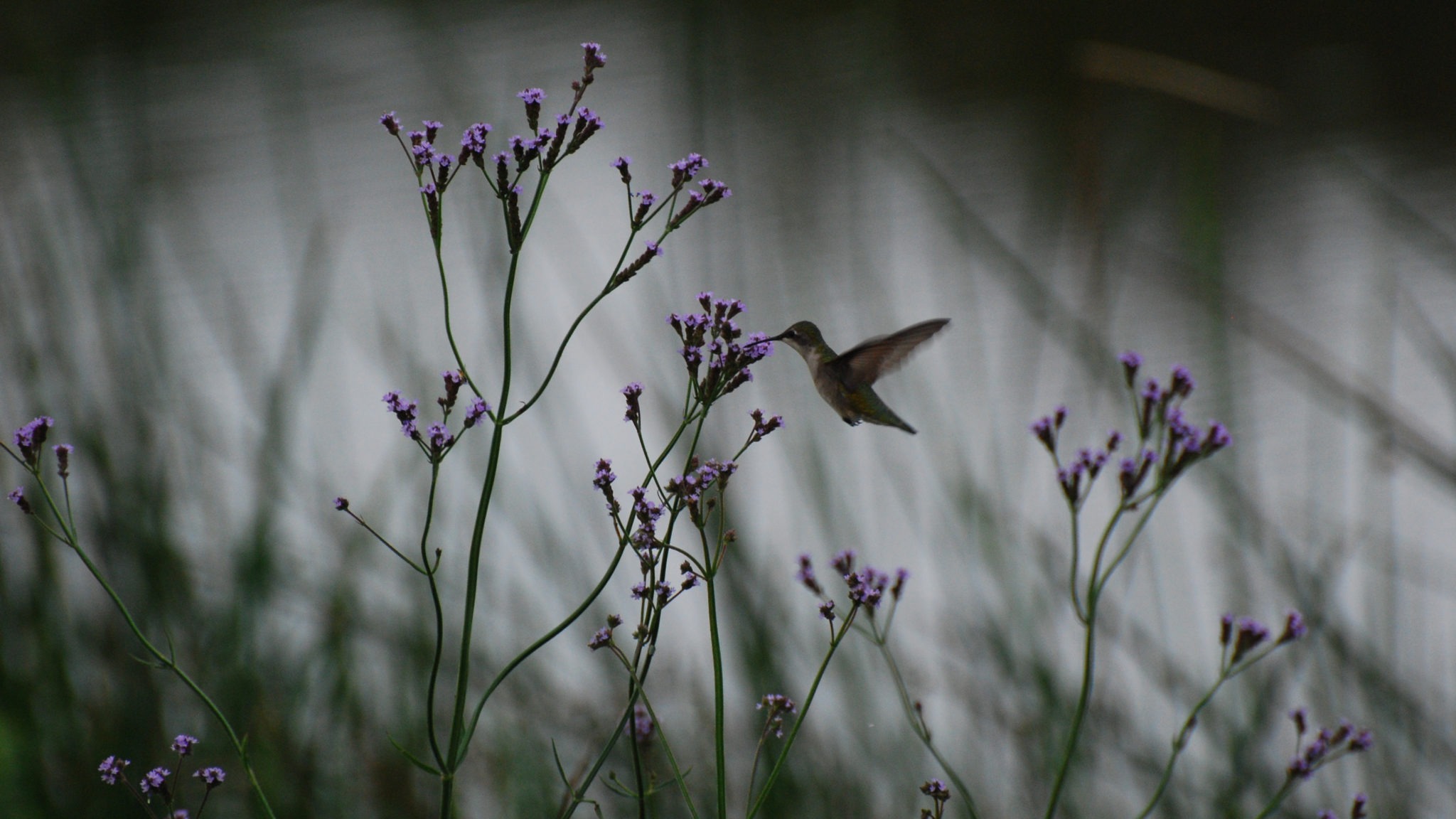
From the Plateau Land & Wildlife Management Team
Though it may not feel like it just yet, spring is right around the corner. And with the changing of the seasons, we see a resurgence of wildlife including our celebrated wildflowers, pollinators, and songbirds. Spring is an opportune time for landowners that are managing for birds, or have an interest in birding, to do activities that benefit the different bird species on their properties.
In this issue of Seasons, you’ll find articles by Plateau’s team of biologists and Wildlife Management staff covering different bird species you can see on your property this spring, census bird counts that can count as a Wildlife Management activity, educational webinars, and more. We hope you enjoy all that this Seasons and season have to offer and, as always, we are here to help when you need it!
Until next Seasons,
The Plateau Team
Table of Contents
Birds You Can See on Your Property this Spring
Wildlife Management Activity Reminder: Spring Wildlife Surveys
Spring Breeding Bird Survey Preview
Service Spotlight: FREE Wildlife Exemption Webinar Series
Field Notes: Pictures & Highlights of Properties in Wildlife Management
News for Texas Landowners
Birds You Can See on Your Property this Spring
By Danielle Belleny, Plateau Wildlife Biologist II
Each year, billions of birds engage in an annual cross-continental migration that transports them from their tropical wintering grounds in South and Central America to their breeding grounds in North America. The migrant birds begin to trickle into Texas around late February as the warming weather promises lush and resource-plentiful times ahead. Landowners will begin to notice the colorful migratory birds that settle within the habitats on their properties become increasingly noticeable, especially by sound. The colorful, feathered denizens bring cheerful songs that are used to defend their breeding territories as well as attract a mate. Additionally, for nature enthusiasts, the songs and sights provide a season’s worth of entertainment and a scientific way to assess bird populations in an area.
Here are some migratory bird species that landowners may encounter and support on their properties, separated by Texas regions:
Hill Country
Golden-cheeked Warblers have radiant yellow faces accented with black crests and a contrasting white belly. They are highly specialized and only breed in mixed juniper-oak woodlands in central Texas. The woven nests of these warblers are made from strips of old-growth Ashe juniper bark. Golden-cheeked Warblers eat insects including beetles, caterpillars, and flies. Males can be heard belting their loud buzzy songs beginning in March. Drastic declines in Golden-cheeked Warbler populations can be attributed to the loss of mature Ashe juniper habitat required at their breeding grounds. Golden-cheeked Warblers are listed as Federally Endangered under the US Fish & Wildlife Service. Properly managing breeding habitats for Golden-cheeked Warblers will help keep this local Texas species around for future generations to experience. Expect to see Golden-cheeked Warblers in this region from March to September.

The lemony Scott’s Orioles are identified by their dazzling yellow body feathers seen in both males and females. The bodies of the males are contrasted with black wings, head, bib, and tail. Female Scott’s Orioles lack black markings and have olive-colored head and wing feathers. Scott’s Orioles forage in taller vegetation for insects and can be frequent bird feeder visitors when enticed by fresh orange slices and grape jelly. Scott’s Orioles are closely associated with yuccas. The plant’s leaves provide nesting materials and flowers provide nectar for the birds to eat. Expect to see Scott’s Orioles in this region from March to October.

East Texas
American Redstarts are Halloween-themed warblers that have sweet songs that sound like squeaky wheels. Males have black feathers covering their heads, wings, and tails with bright orange flashes of color on their sides and outer tail feathers. Females have pale gray heads, rusty orange backs and wings, and yellow feathers extending from their wing pits to their chests. American Redstarts breed in deciduous forests and mixed woodlands near lakes, streams, and swamps. Redstarts primarily eat insects, often catching them mid-air, and occasionally eat berries. They can be seen flicking and fanning their tails while they forage in tree canopies. Expect to see American Redstarts in this region from April to June.

Ruby-throated Hummingbirds are the infamously bejeweled fast-moving birds seen darting from flower to flower delicately collecting nectar with their elongated beaks. They can be found in woodland and brushy environments. The bird’s buzzing sounds are caused by their wings beating 50 times per second. Alternatively, they can be heard marking chirping calls while dueling for a flower or their favorite spot at the hummingbird feeder. Plant native flowers that bloom red or orange to attract more hummingbirds to your yard. A careful eye can spot the tiny nest of a Ruby-throated Hummingbird. They are constructed of spiderwebs, lichen, and mosses and are wedged securely in the terminating ends of deciduous tree branches. Expect to see Ruby-throated Hummingbirds in this region from March to November.
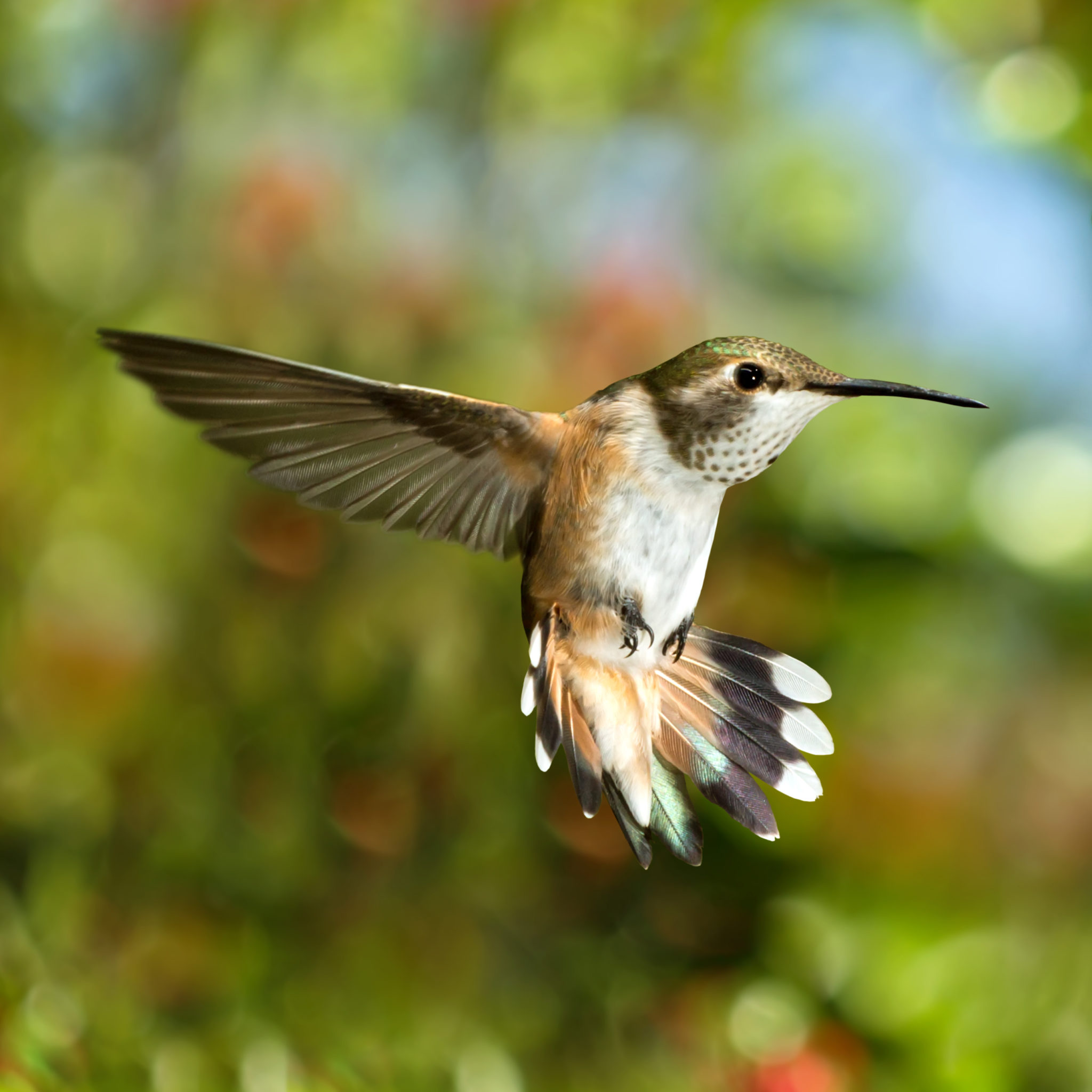
Central Texas
Scissor-tailed Flycatchers are easily identified by their long forked tail that can reach 9 inches in length. The flycatcher opens and closes its tail during its high-energy acrobatic flights. The salmon pink wings, ashy grey body, black-tipped tail, and unmistakable silhouette are best observed while the bird is in flight. Scissor-tailed Flycatchers forage grasslands for insects, about 50% of their diets are grasshoppers. You can commonly find scissor-tailed in small groups chattering on telephone wires and dotting the canopies of trees along urban and rural roads. Expect to see Scissor-tailed Flycatchers in this region from March to November.

American Golden-Plovers are shorebirds commonly found in pastures, tilled farmland, and weedy shallow ponds. They have one of the longest migrations of any shorebirds and fly from their South American wintering grounds to their arctic breeding grounds in Alaska and Canada. American Golden-Plovers can be seen stopping in Texas to fatten up on invertebrates, seeds, and berries before they complete their migration. They can be noticed by their run-stop-scan feeding technique in flat fields or by their rapid series of whimsical whistling calls. In breeding plumage, both males and females look very similar. They have black heads with white neck sides and earthy brown shades accented with golden flecks on their backs. Expect to see American Golden-Plovers in this region from March to June and again from September to December.
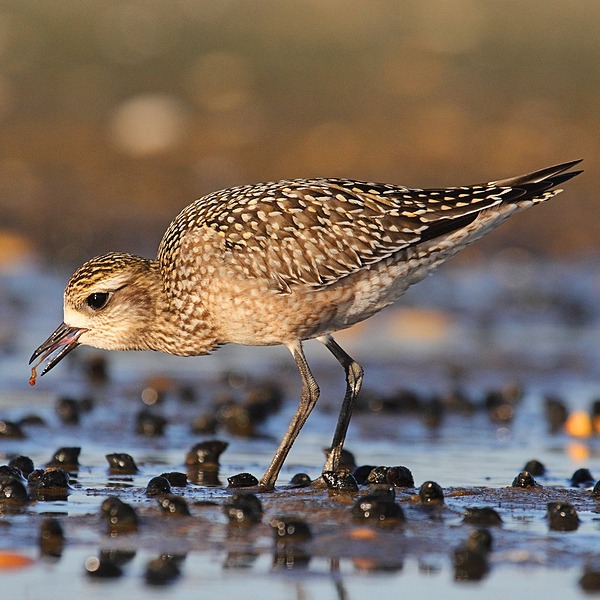
Back to TopBack to Top
Wildlife Management Activity Reminder: Spring Wildlife Surveys
By Kameron Bain, Landowner Account Manager
 Spring is migration season for birds and monarch butterflies and breeding season for many species of wildlife, so it is a great time to get out and count.
Spring is migration season for birds and monarch butterflies and breeding season for many species of wildlife, so it is a great time to get out and count.
For informal surveys, simply watch your feeders and water sources and record who is visiting. You can do this by watching in the morning or evening and keeping a log of what you see. You should do this regularly (weekly or monthly) throughout the breeding season or all year long. You can also use remote game cameras that can watch 24/7.
Download the iNaturalist app to help you identify and catalog wildlife and plants seen on your property. See Plateau’s tutorial on iNaturalist.
- Time-Area counts are structured surveys that involve sitting at representative points throughout your property for a set period of time (typically 10 minutes) and recording all wildlife seen or heard within a set area. These are typically done seasonally, but spring is a great time to start.
- Spring call counts for quail are structured surveys where independent listening stations are set up throughout your property to count individual quail calling in the early morning.
- Spring Breeding Bird Surveys are point-count surveys focused on birds that are seen and/or heard at representative stations throughout your property.
All of these surveys are most informative when conducted annually or more often to establish trends in wildlife use of your property. It’s easy to get behind on activities – we’re here to help answer questions or do the work for you! Contact us at (512) 894-3479 or plateau@plateauwil1dev.wpenginepowered.com to discuss appropriate wildlife surveys for your property, or get help conducting them.
Spring Breeding Bird Survey Preview

Learn what birds are migrating through your habitat this spring with a Plateau Spring Breeding Bird Survey!
Spring Breeding Bird Surveys are conducted from mid-March through late June, which are the peak breeding and migratory months. These surveys are a great opportunity for landowners to practice their birding skills and tour their property with a professional wildlife biologist while visiting a number of bird survey stations to detect birds either through visual or auditory observation. Detailed reports are produced with all species and numbers observed, brief habitat and location descriptions for each station. Annual surveys can be analyzed over several years to show trends and improvements in species observed, indicating improved habitat through your efforts.
A Plateau Spring Breeding Bird Survey:
- Qualifies as a Wildlife Management activity in just one morning
- Allows landowners to monitor long-term trends of species composition and abundance
- Establishes listening stations within diverse habitat locations throughout your property for observation
- Records both the number and the type of different species of birds that are seen or heard at each station in a field log included in a detailed report
- Offers wildlife management recommendations for current and potential activities which may improve overall species abundance and diversity
If you’re interested in learning more about Plateau’s Spring Breeding Bird Survey, or would like to schedule one for your property call (512) 894-3479 or email plateau@plateauwil1dev.wpenginepowered.com.
Service Spotlight: FREE Wildlife Exemption Webinar Series
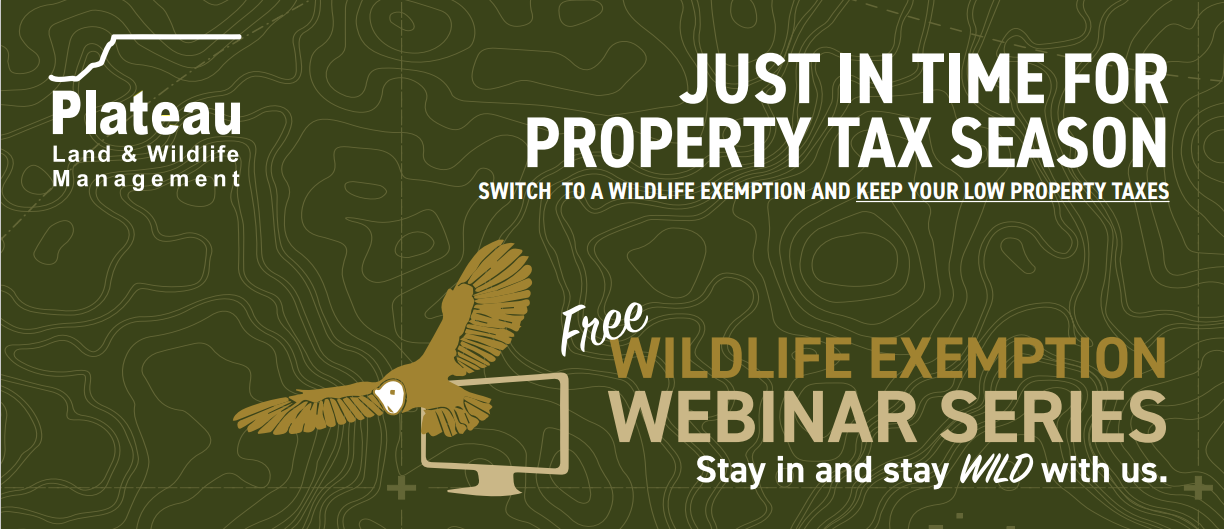
Last Chance to Register and Learn About Making the Switch to a Wildlife Management Exemption:
The deadline for exemptions and special appraisal filings for Wildlife is April 30th, 2021. Whether you’re a new landowner, already in Ag or Timber, or currently have a Wildlife Management valuation, everyone is invited to join us for our FREE Wildlife Exemption Webinar Series. Connect with experts and learn how to make the switch to a Wildlife Management valuation before the April 30th deadline.
Topics Include:
- Wildlife Management Exemption
- Wildlife Management 101
- Moving from Ag or Timber
- Qualifying Wildlife Activities
- Property Taxes
- Wildlife Management Plans
- Annual Reports
- County Requirements
- Issues Related to Texas Regions
- Open Questions & Answers
REGISTER TODAY!
If you have questions or need assistance registering for a webinar, please contact us at (512) 894-3479 or email plateau@plateauwil1dev.wpenginepowered.com.
Field Notes: Pictures & Highlights of Properties in Wildlife Management
Ever wonder how Wildlife Management is benefiting landowners’ property and the wildlife that live on it? Here are some photos and highlights, from Plateau’s field staff and game cameras, of successes and small victories our landowner customers are seeing on their property.
Quality Habitat for Quail in Gillespie County
Here’s an example of good habitat on a property in Gillespie county. Can you spot the quail in the middle of the picture? If you have a hard time finding them, you can assume the same for predators. Having quality habitat can help small, vulnerable wildlife flourish. If you have questions about how to improve the habitat on your land, give us a call at (512) 894-3479!
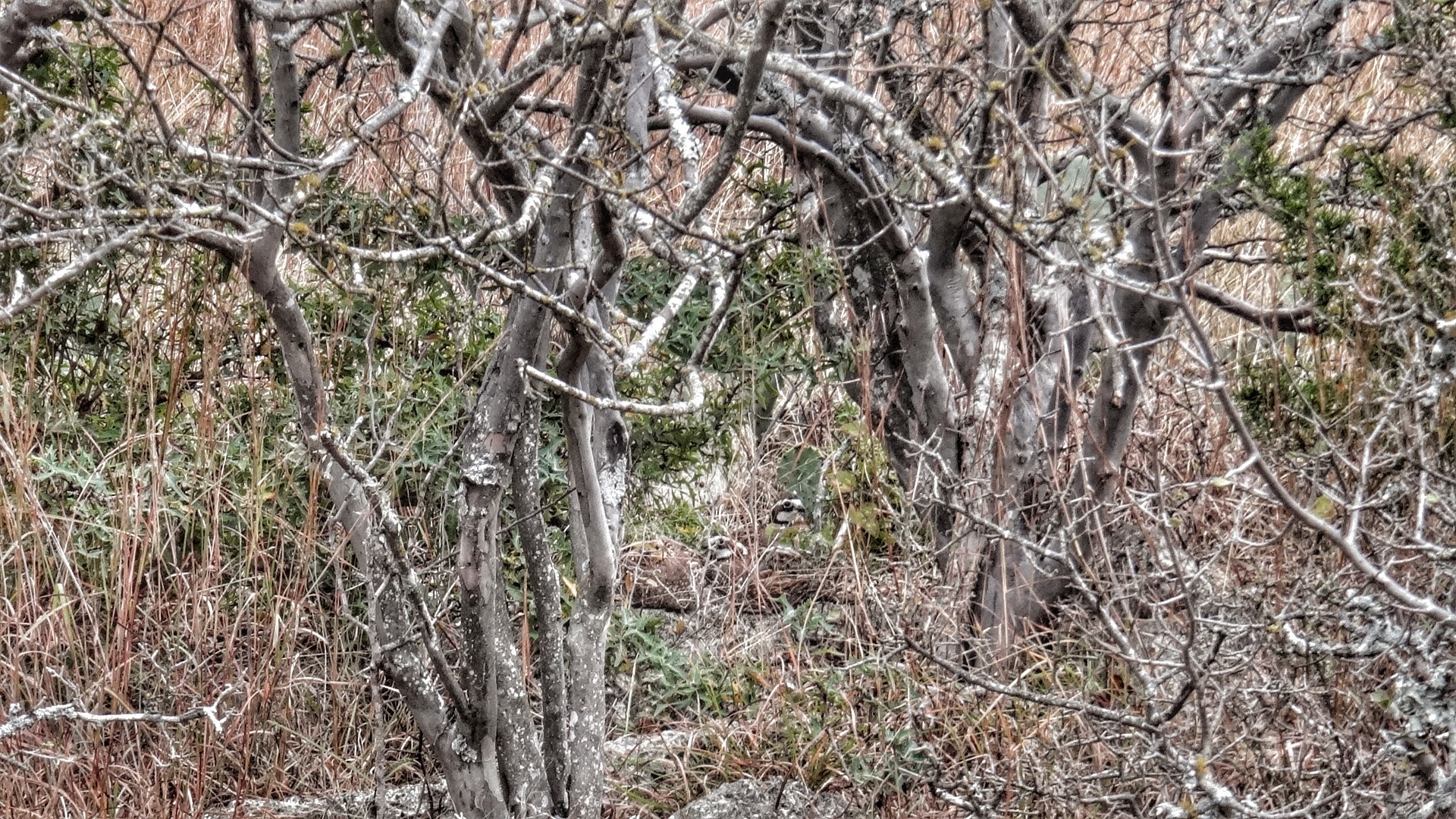
Screech Owl in Hays County
This is a Screech Owl in a Plateau Owl Shack on a landowner’s property in Hays county. Screech Owls are common to see using our Owl Shacks. They don’t construct nests, so no need to clean out nesting materials when checking these boxes for your Wildlife Management activity. They use these shacks year-round as a place to sleep and stage between meals. Check out Plateau’s assortment of nest boxes and the Owl Shack here. If you’re interested in ordering one for your property, give us a call at (512) 894-3479!
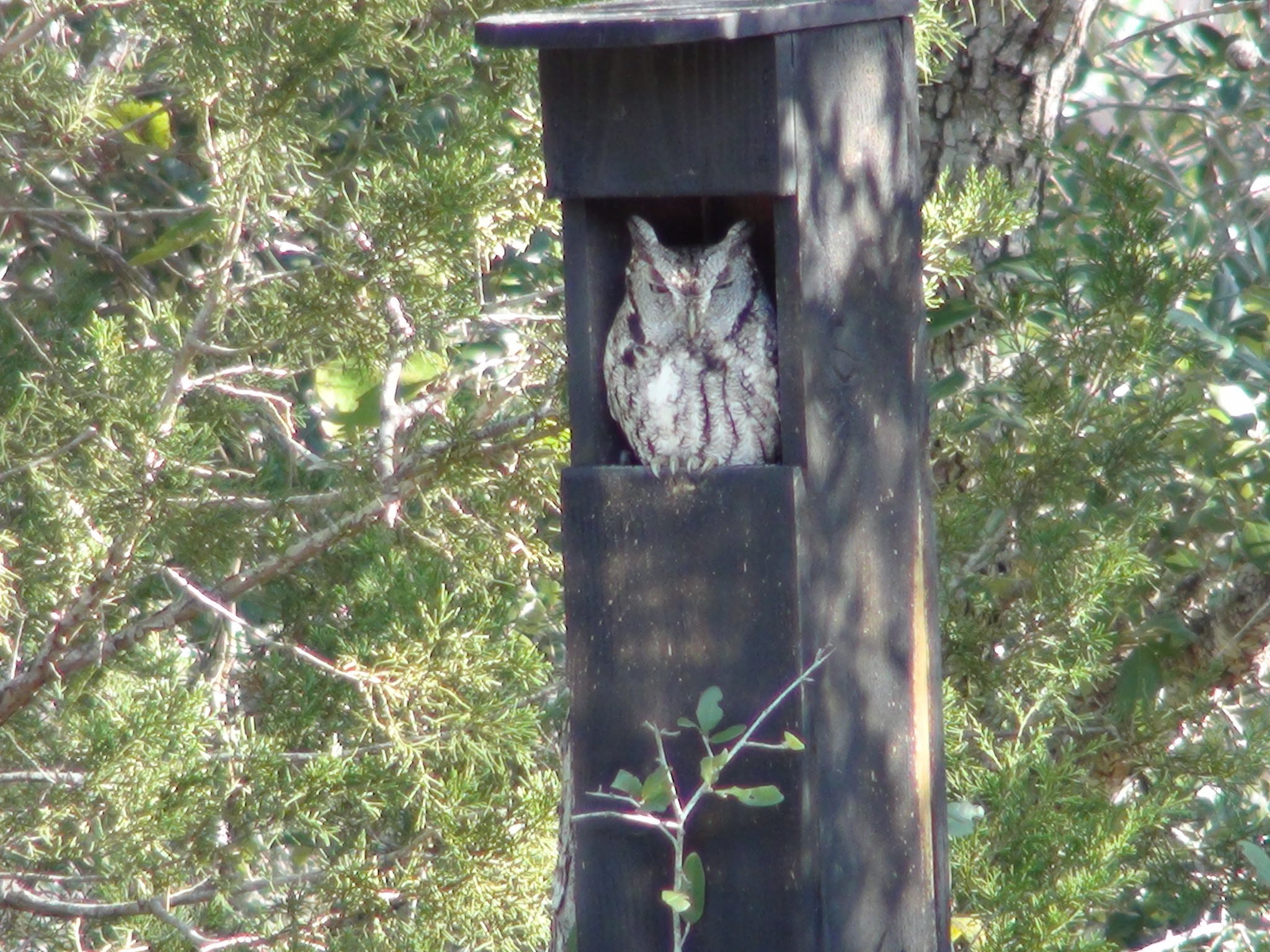
Flying Squirrels Utilize Nest Boxes Too
Check out this adorable flying squirrel nesting in a Plateau Titmouse Nest Box! Flying squirrels aren’t very common to see, but they have been spotted utilizing nest boxes on this particular landowner’s property in Lee county for several years in a row. Check out Plateau’s variety of nest boxes here! It’s always a treat to learn what different wildlife find comfort and safety in these nest boxes.
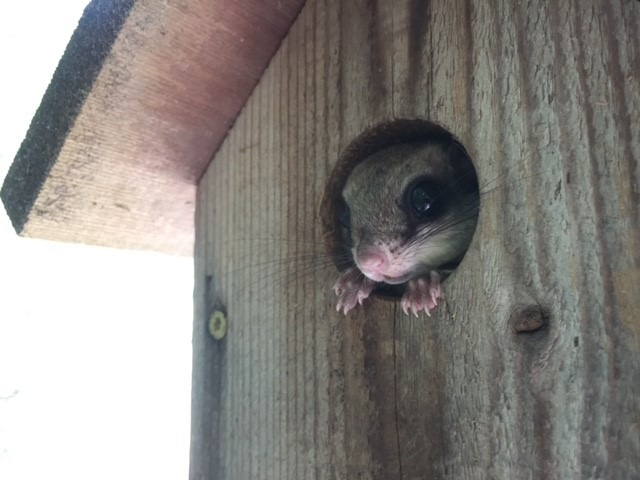
It’s Rattlesnake Season
As the warm weather returns, be careful of poisonous snakes as you traverse your property. Rattlesnakes have already been spotted by our team of biologists and technicians when visiting landowners’ properties. Be sure to wear boots and long pants when walking through tall grasses, and carefully inspect large rocks or logs before moving them. Also consider having a family member or friend with you when hiking, their ability to take quick action in the case of an emergency can be life-saving. If you are bit, be sure to have a cellphone with you to call 911 immediately.
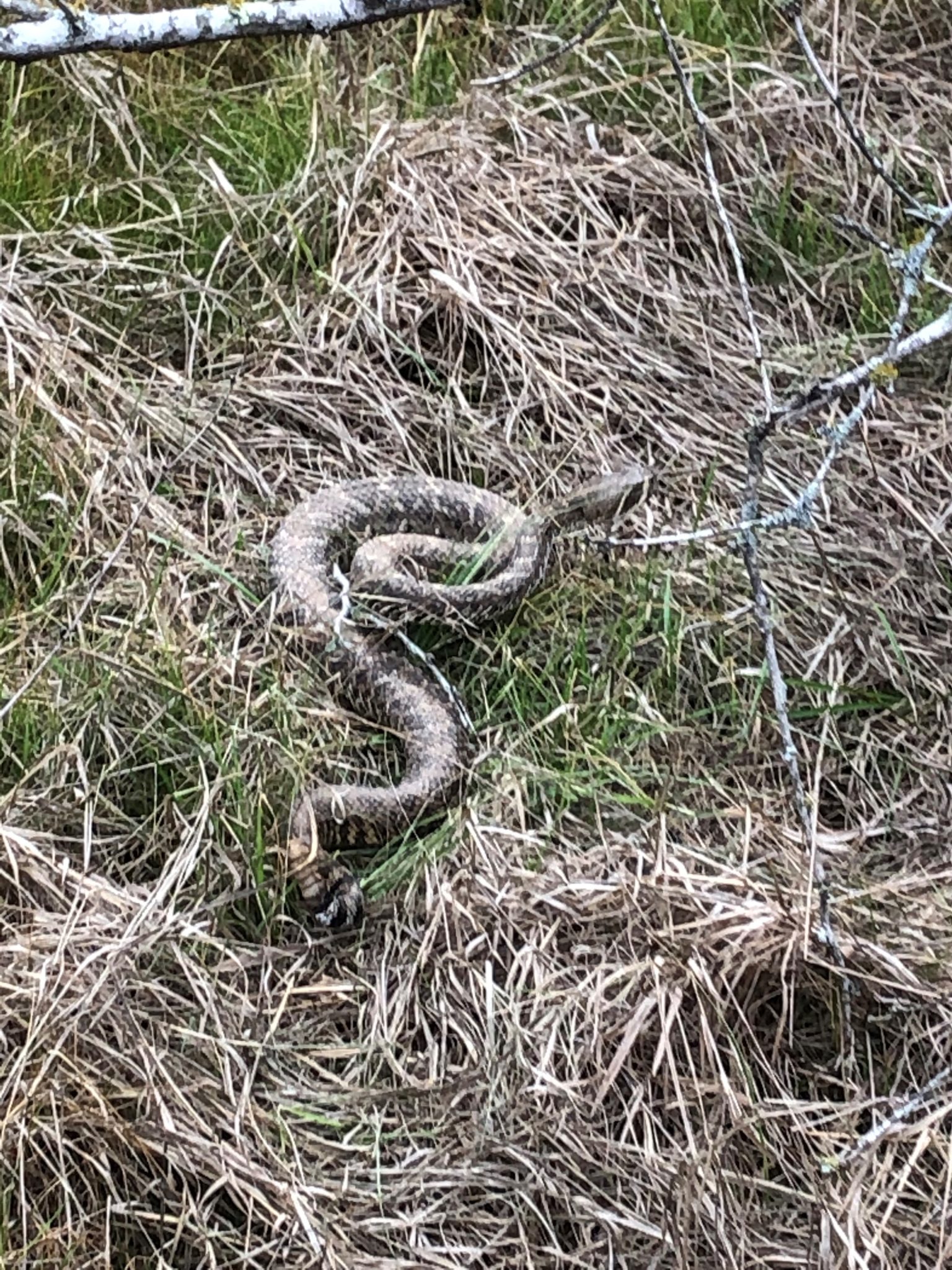
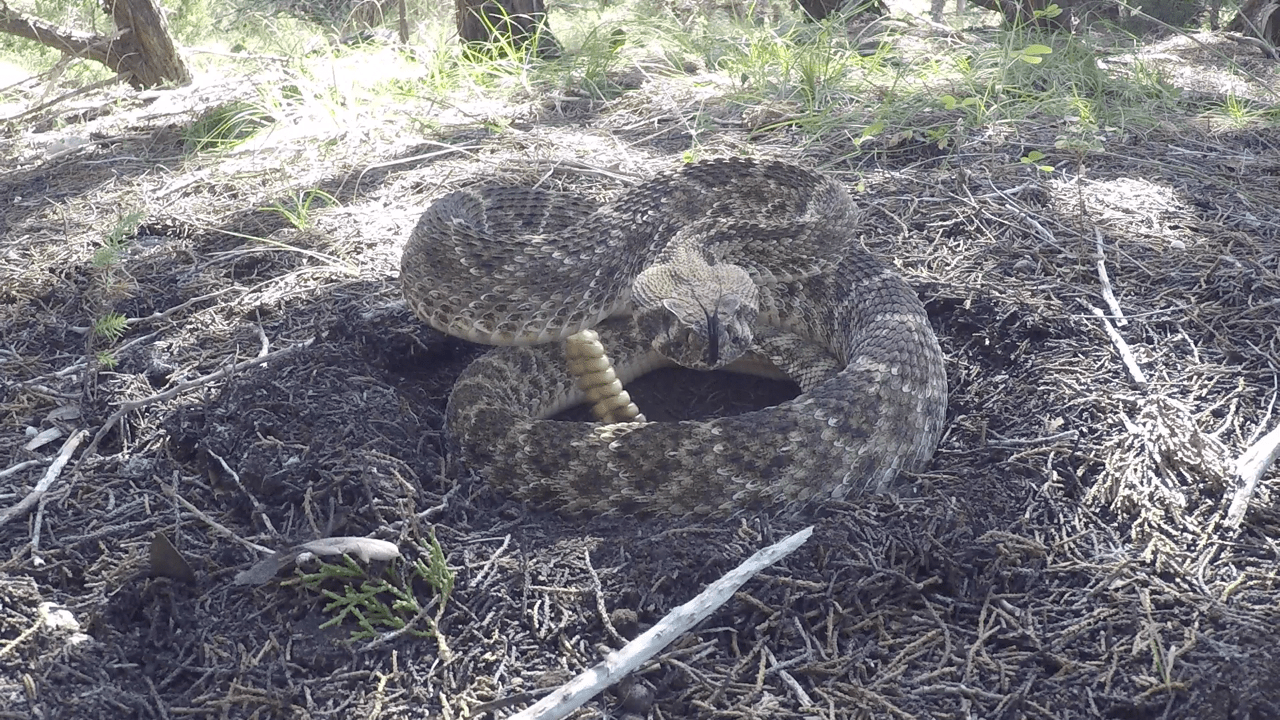
Healthy & Productive Riparian Corridor in Real County
This creek in Real county used to have major erosion issues. To mitigate the damages, rock dams were placed along the eroded channels and the corridor has now recovered nicely. Many woody and moist soiled herbaceous vegetation have reestablished in this area not only providing a healthy and productive riparian corridor, but also helping reduce future erosion issues and increase water storage capacity. For help with your erosion control activities, call (512) 894-3479!
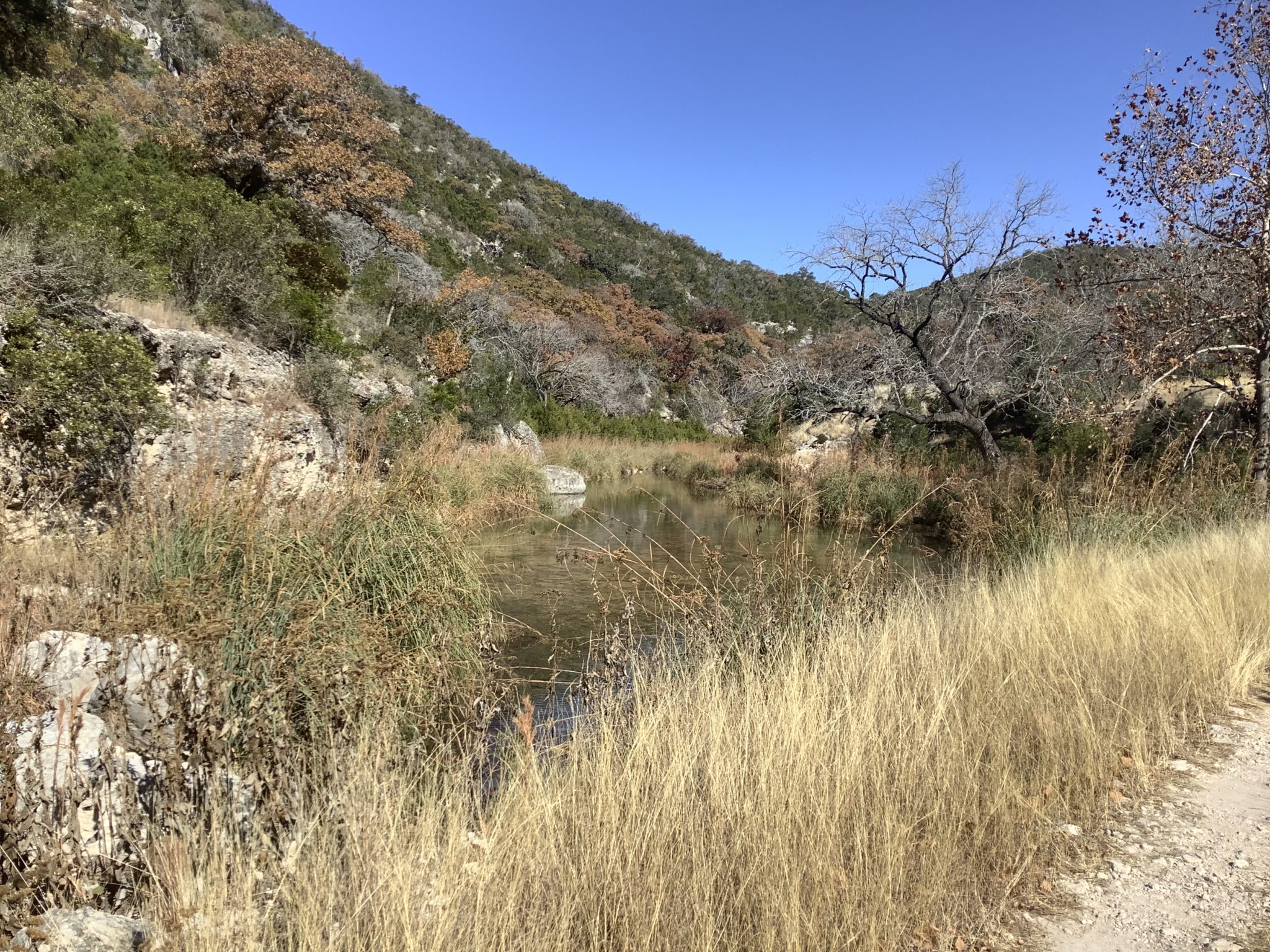
So many of you are out there doing great work. We appreciate you, and so do the native wildlife on your property and across Texas. Large or small, you are making a difference. Look for more great examples of wildlife and landowner successes and victories in upcoming Seasons Newsletters!
News for Texas Landowners
Bird City Texas Certifies Three New Communities
News Release by Texas Parks and Wildlife Department
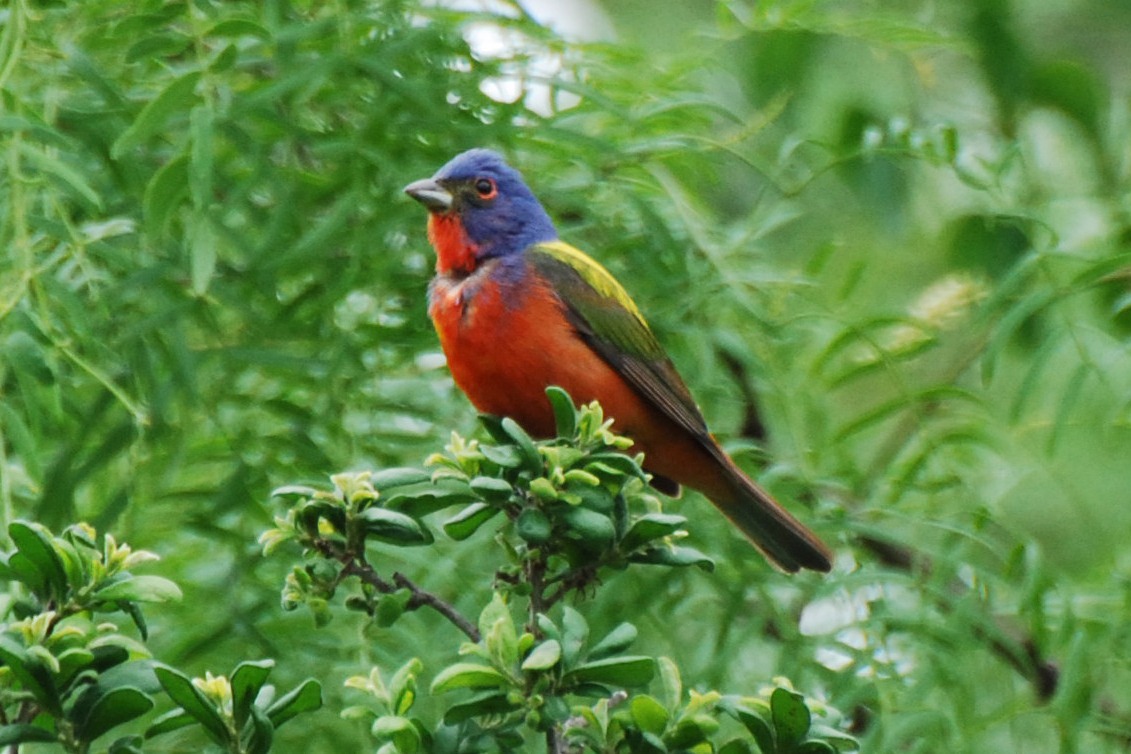
Bird City Texas, a partnership program between Audubon Texas and the Texas Parks and Wildlife Department (TPWD), is proud to announce that Galveston, San Antonio and Surfside Beach have been certified as Bird City Texas communities. These three communities join the inaugural 2020 Bird City Texas communities and will be certified through December 2023.
Bird City Texas is a community-focused certification program that was created to help people protect birds and their habitats. The criteria required to attain certification is designed to be impactful and efficient against habitat loss and other harmful factors impacting birds. The program is centered on science-based bird conservation initiatives and community action to help enhance and restore bird habitats, increase native plant coverage, reduce population-level threats, increase public awareness of the benefits and challenges of bird conservation and promote environmental stewardship…
New Fact Sheet: On-Site Brush Pile Burning in Texas
Blog by Tiffany Lashmet for Texas Agricultural Law Blog
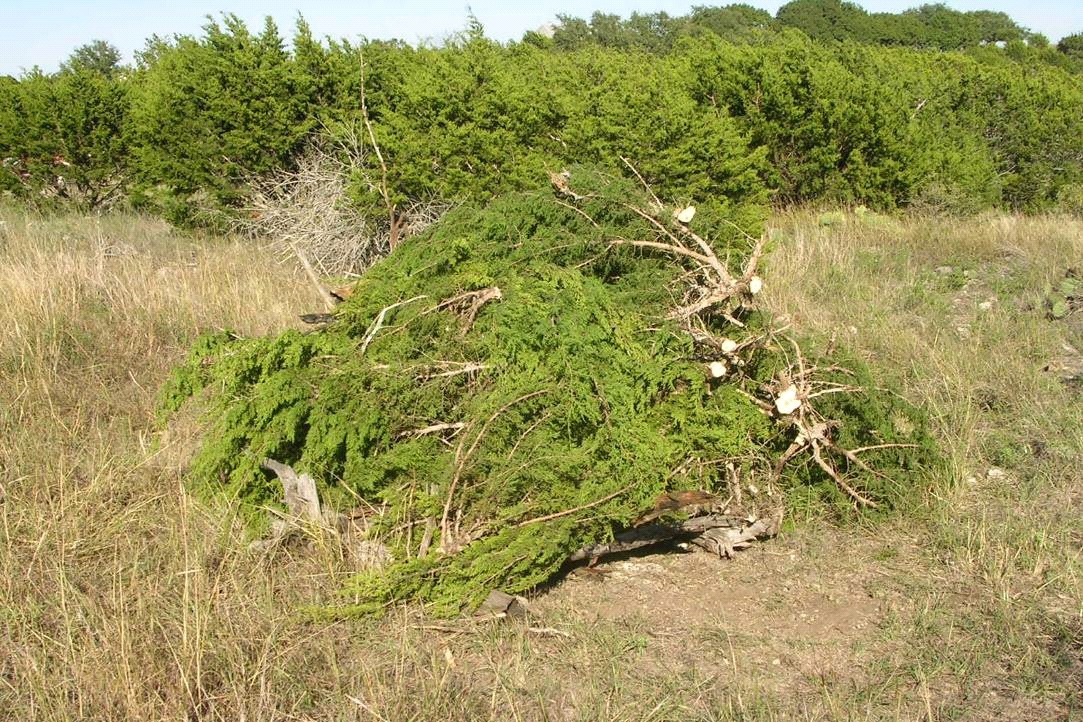
There are a number of considerations that a person should undertake when preparing to burn brush piles in Texas. From reviewing and understanding applicable Texas Commission on Environmental Quality regulations, to investigating any local outdoor burning rules and regulations, to evaluating the weather forecast, to preparing a safe area to burn, there is a long list of action items prior to lighting the brush piles on fire.
I recently co-authored a fact sheet on this topic with Dr. Morgan Treadwell, Extension Range Specialist in San Angelo and Chase Brooke, County Extension Agent in Collin County looking at this topic. You can download the PDF version by On-Site Brush Pile Burning in Texas here…
Wildlife Experts Ask for Public Help in Reporting Bat Mortality Events
News Release by Texas Parks and Wildlife Department
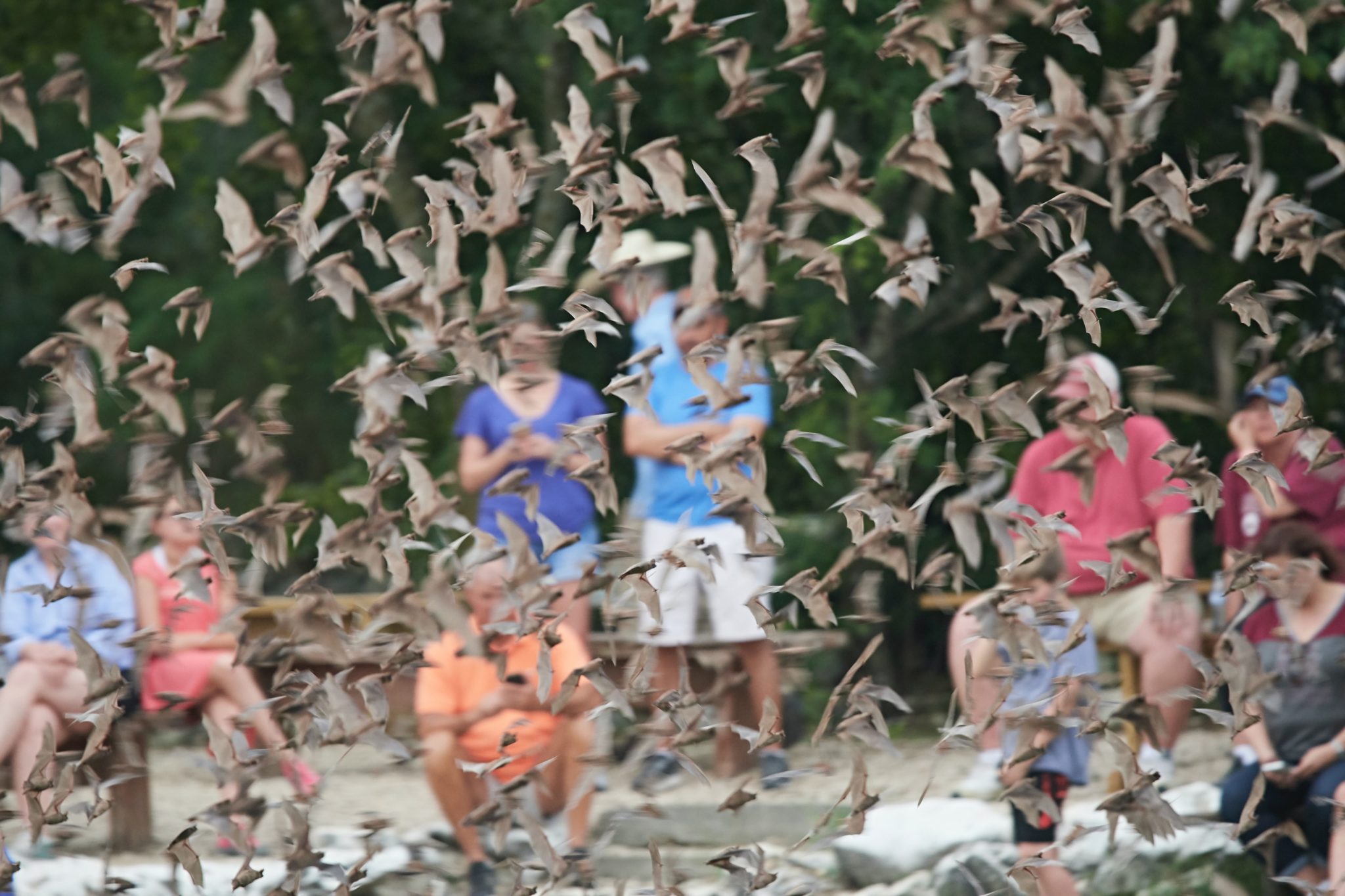
Last winter, White-nose Syndrome (WNS) was detected in bats in 18 counties in central Texas and the disease has continued to spread. The Texas Parks and Wildlife Department (TPWD) is monitoring its progression through the state and is asking for the public’s help to understand how WNS is affecting vulnerable bat populations.
“Last year, we received reports of bats dying or acting strange from around the state” said Nathan Fuller, a TPWD bat biologist. “Unfortunately, we expect the same thing to happen this winter and we are asking Texans to be on the lookout for distressed bats. Texas is a big state and we can monitor bats much more effectively with more eyes out there looking for bats.”
WNS is a fungal disease that affects hibernating bats during the winter. As the name suggests, WNS presents as a white, fungal growth on the ears, nose and wings of hibernating bats…
2021 Unofficial Pollinator Plant of the Year: Frostweed
Article by Monika Maeckle with Texas Butterfly Ranch
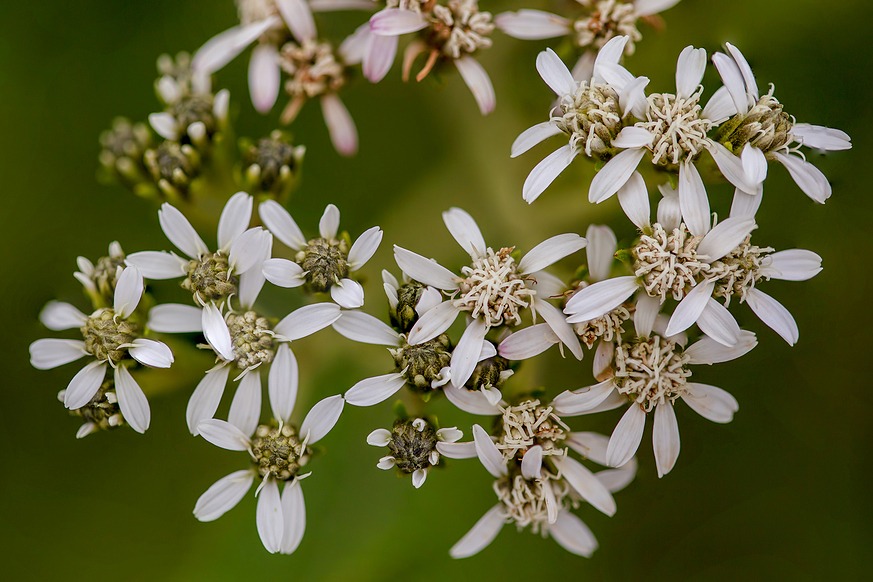
Frostweed, Verbesina virginica, won the most votes in 2021’s Unofficial Pollinator Plant of the Year poll. This year was Frostweed’s second attempt at claiming the title and so it did, besting its competitor Gayfeather, Liatris mucronata, 79 to 64.
The poll, which launched in mid January and closed at the end of the month, drew 143 votes from citizen gardeners.
“Frostweed is deserving of this title because it is such an important plant that is surprisingly absent in the nursery trade,” said Lee Marlowe, sustainable landscape ecologist at the San Antonio River Authority (SARA) and 2021 president of San Antonio’s Native Plant Society chapter.
Marlowe voted for Frostweed, she said, because it not only provides valuable nectar for monarchs…






Sorry, the comment form is closed at this time.